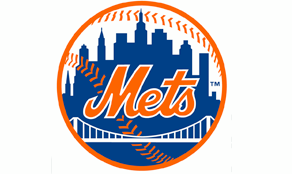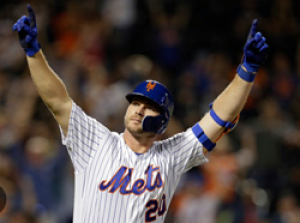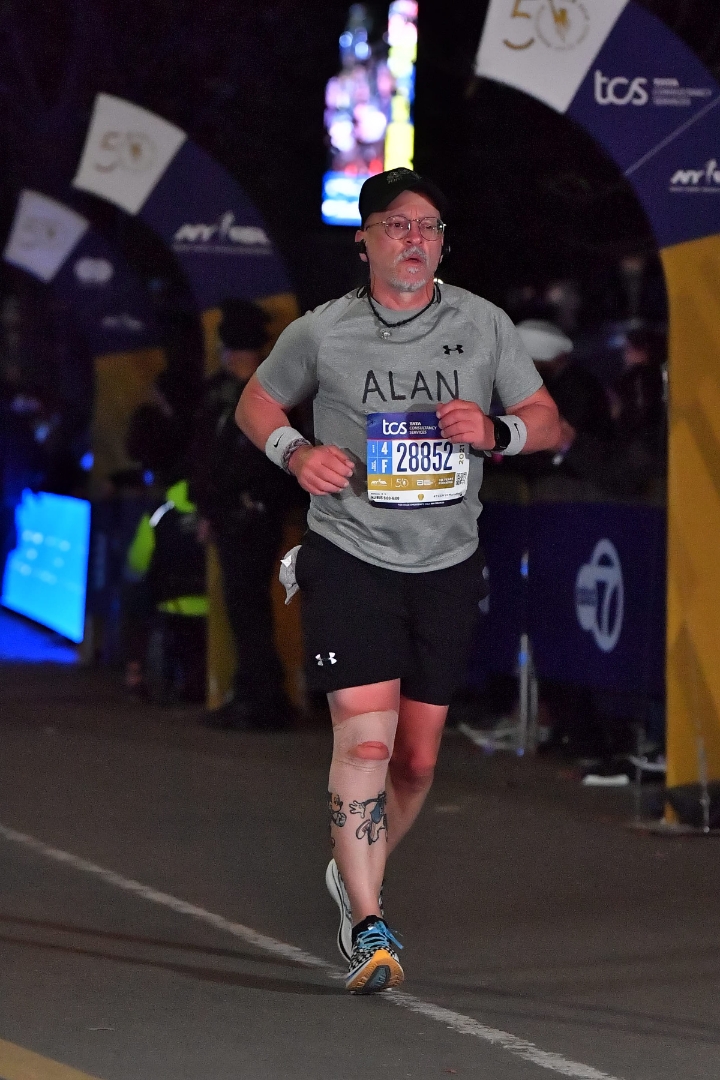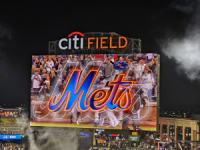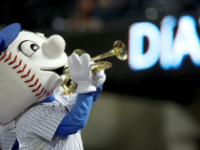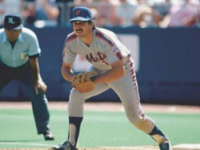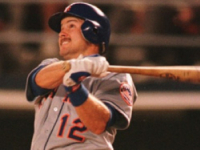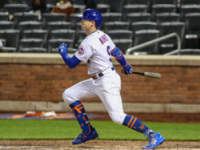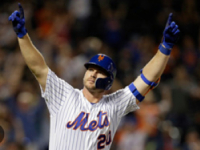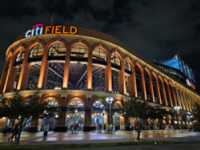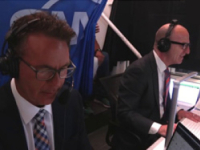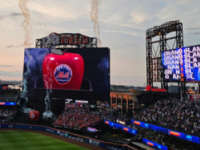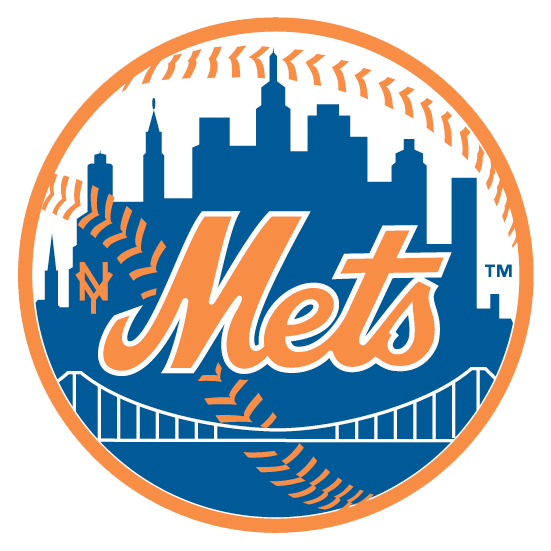He’s on the other side of 30
In baseball, 30 is a number you want to achieve and also avoid. Hitting 30 home runs is pretty much the benchmark for being a legitimate home run hitter. But hitting the age of 30 usually means you’re on the downside of your career. Alonso is good for hitting 30 home runs a season. But for how long? Has he reached the pinnacle of his career? Or is he about to hit the downward slope?
And that is the equation that nobody can solve. The odds are that a huge long-term contract will be bad after a year or two. Long-term contracts haven’t worked out too well for the Mets, and pretty much haven’t work out for too many other Major League teams either. So why do it?
There is the David Wright factor
One of the long-term contracts that did not work out for the Mets was the one awarded to David Wright. It wasn’t that Wright got old very quickly…it was the spinal stenosis that took Wright off the field.
Wright was the quintessential player, the ultimate in what you want to have in your organization. He was drafted by the organization and grew up in the system. He played hard. He was productive. He was a great teammate. And there was never any controversy. Most of all, he loved being a New York Met.
Isn’t that what also describes Pete Alonso?
The Mets are looking to get better defensively
The Mets hierarchy, specifically, David Stearns, proclaimed that the team desperately needed to get more athletic and better defensively. If you were so worried about defense then why bring in a player who is HORRIBLE defensively? Juan Soto for all that he did offensively, it meant little. Because while he was cold, the Mets were hot. When he finally got hot, the Mets ran cold. And watching him play defense was frustrating.
Now, while Francisco Lindor is Gold Glove caliber, the rest of the infield is not even close. The Merry-Go-Round at second base and third base is where the problem is. Jeff McNeil is no Gold Glove second baseman but he is acceptable. Luis Acuna is probably the best fielding of the middle infielders but he gets the least playing time. The other three – Brett Baty is passable, Mark Vientos is below average, and Ronny Mauricio is a butcher no matter what position he plays.
Pete Alonso is NOT the problem.
You are never going to replace the offensive production that Pete Alonso provides
Recently, when Keith Hernandez compared Alonso to Harmon Killebrew, it fell on deaf ears because nobody from the last two generations outside of Minnesota even knows who the hell he is. But if you do some research, Alonso is truly the second coming of Killebrew, except Alonso still has his hair.
Killebrew was a third baseman who was big, wide, and strong. He could hit MONSTER shots. He was not a good third baseman, but he got in the way of everything with his big chest and knocked everything down. Eventually, he moved to first base and continued hitting until he finished his 22-year career with 573 home runs, 1584 RBI, and a .259 batting average. He actually had a .376 OBP thanks to 1,559 walks while striking out a little over 100 times more…1,699 k’s.
When Killebrew retired, he was fifth in home runs in MLB history behind only Hank Aaron, Babe Ruth, Willie Mays and Frank Robinson.
Alonso was a third baseman at the University of Florida. And, believe it or not, he at some point a few seasons back, requested that the Mets move him to third base in order to make room on the field for his friend and fellow first baseman, Dominic Smith. And perhaps if Alonso was playing third base, and playing it well, the conversation would be different. But there is always some trepidation with a right handed hitting/right handed throwing first baseman. With Killebrew, that didn’t matter. Hitters with that kind of power are too hard to come by.
Thus far, after seven seasons, Alonso has 264 home runs, 712 RBI, and a .253 batting average. In an era where strikeouts are up, Alonso has 984 strikeouts and 419 walks, so Killebrew has a bit of an edge in the OBP, as Alonso is at .341.
But if Alonso plays just five more seasons at this level, a total of 12 seasons, he will finish his career with 474 HR, 1,282 RBI, and a batting average of .253. To put that in perspective, Alonso will have 100 less home runs than Killebrew playing 10 less seasons. That’s if he is given a five-year contract.
Think about it. That is production that is not easily found. A player like Pete Alonso is not easily found. So why is it even a question?
